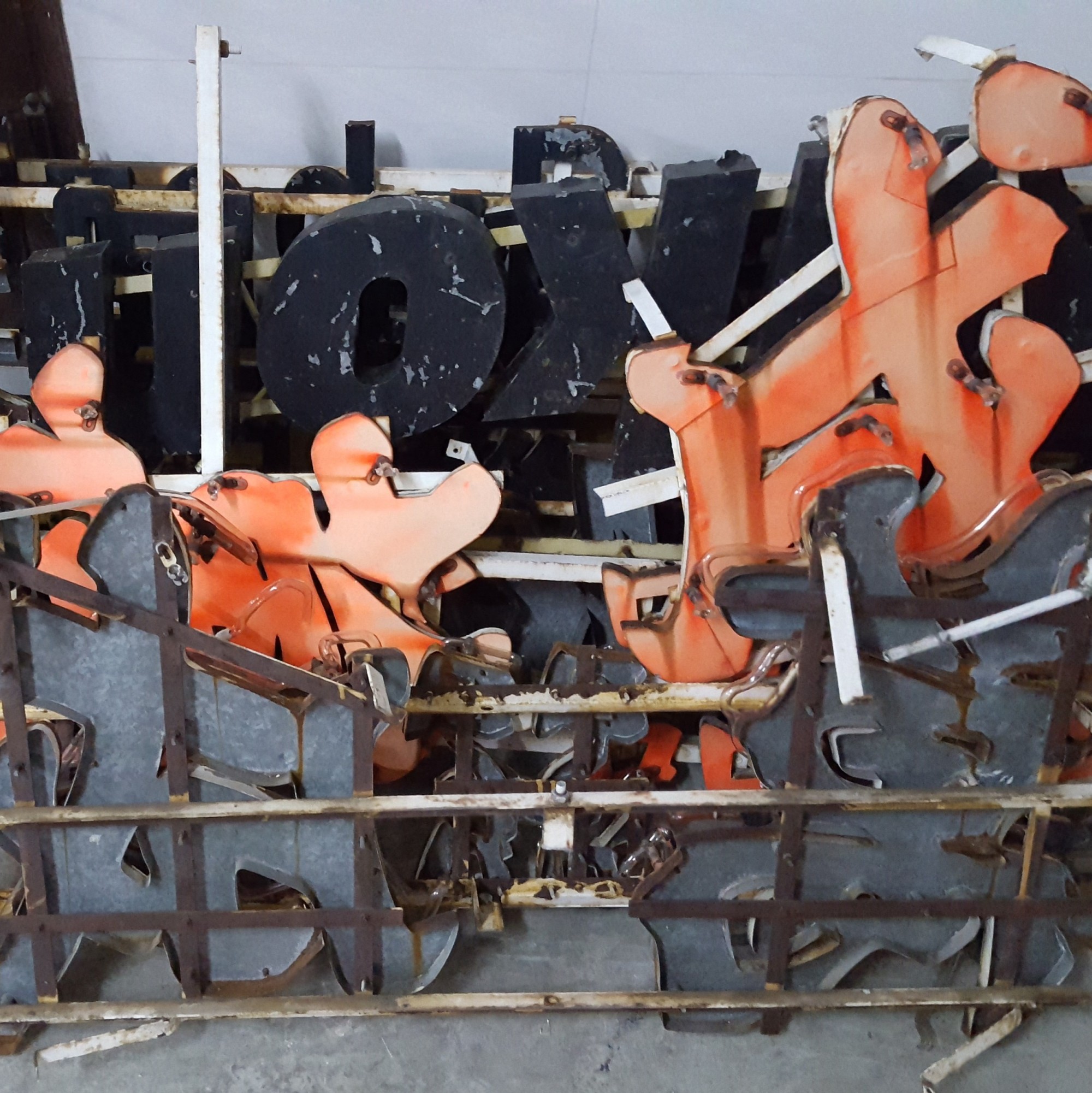Neon in Hong Kong, The Indispensible Hong Kong • © Cardin Chan / The Indispensible Hong Kong
It is said to be the most expensive city in the world, a jungle of skyscrapers where business never sleeps. Yet the surprising features of Hong Kong go way beyond this stereotype. At a genuine geographical crossroads, the city has been transformed over the years into a trading hub where international innovation, traditional know-how and regional dynamism intersect.
AN INTERNATIONAL DESIGN HUB
Last December, the Business of Design Week (BODW) confirmed its role as a major event for design and innovation in Asia. For more than 20 years, the event organised by the Hong Kong Design Centre (HKDC) has attracted renowned figures from the world of design and entrepreneurship, demonstrating the importance of international collaboration. The 2024 edition honoured France with conferences and installations, strengthening the historical ties between the two countries. Institutions such as Maison&Objet with the Design Factory, the Liliane Bettencourt Prize alongside Jiang Qiong Er and French Design were invited, particularly as part of DesignInspire co-organised with the HKTDC.
It was also an opportunity to showcase French export organisations such as MatériO’, a materials library dedicated to innovative materials, already established in several countries. Invited to present the ’Precious Matter’ exhibition, it is inaugurating a permanent space at the DX design hub, the HKDC’s new venue, confirming the city’s role as a springboard.
These dynamics are not new, as evidenced by The Henderson, the latest skyscraper designed by Zaha Hadid Architects in Hong Kong. Opened in 2024, the curved glass and steel building is inspired by the bauhinia × blakeana, the city’s emblematic flower. Its astonishing interior design puts materials at the forefront and illustrates Hong Kong’s ambition to combine innovation and local identity.
REGIONAL COHESION FOR CULTURAL INFLUENCE
The intersection between architecture and design plays a key role in the dynamism of the BODW Summit, unveiling examples of co-creation in the Asia-Pacific region. The UCCA Clay Museum in Yixing, one of China’s ceramics capitals, is a perfect illustration of this. Designed by Japanese architect Kengo Kuma, it celebrates the ancient craftsmanship of this region, renowned for its teapots and purple clay. From the outside, the building showcases this emblematic material: the façade, entirely covered with bricks fashioned by hand by local artisans, experiments with irregularities and enamels, giving off reflections that change with the seasons. The Japanese architect thus creates a true dialogue between innovation and heritage.
This contemporary project reflects the vitality of the historical links between China, Japan and Korea in terms of creation, and reinvents collaborations in the Asia-Pacific region. Similarly, programmes such as Greater Bay Area offer new economic and cultural perspectives by strengthening the connections between Hong Kong, Macao, Shenzhen and Canton.
REVITALISING LOCAL HERITAGE
Much more than an international trade fair, BODW stages a series of events that invite visitors to discover the diversity of Hong Kong. One of the highlights of the 2024 edition was the inauguration of the new DX design hub, headquarters of the HKDC, in the historic district of Sham Shui Po. A former stronghold of the textile industry, this area of Kowloon is undergoing a cultural revival thanks to the Urban Renewal programme, which aims to revitalise the traditional fabric of Hong Kong while integrating contemporary and sustainable technologies. While the HKDC’s inaugural exhibition highlights the high-tech side of the city, other initiatives are focused on preserving its heritage. Like The Man Shing Neon Rescue, a project initiated by photographer and cultural conservationist Cardin Chan to protect a genuine icon of Hong Kong, namely its neon signs. Peppering the city’s facades, these hand-made neon signs are now disappearing with the development of modern buildings. As Dr Wallace Lam, director of development and strategy at the HKDC explains, the objective is to document, restore and exhibit these radiant pieces in order to perpetuate a unique know-how, rooted in the local identity.
Through a combination of reinventing cultural heritage and international exchanges, Hong Kong is forging new connections on all levels and asserting its pluralist identity. A hybrid space in which to invent new dynamics. •


